Here’s a list of applications and their corresponding capacities where Solar Water Pumping Systems are commonly used:
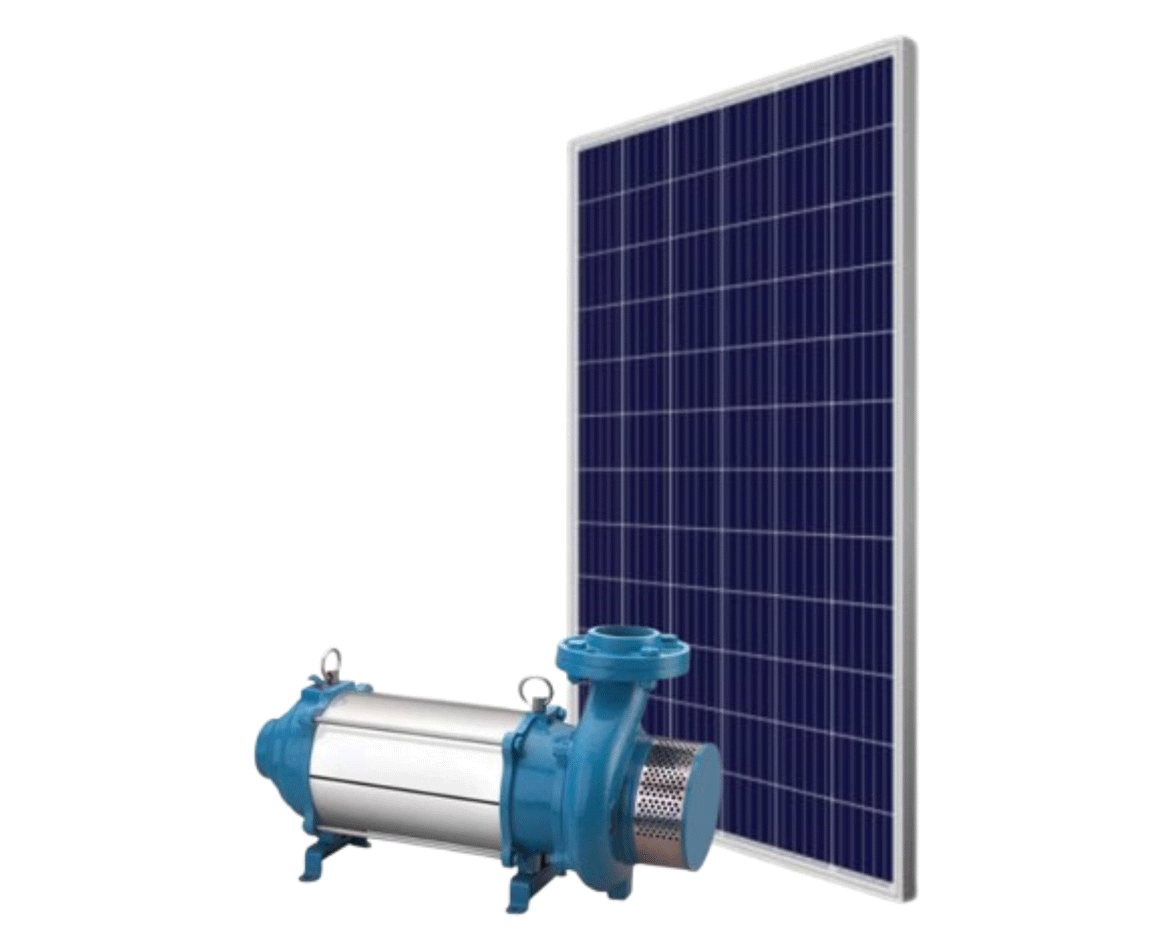
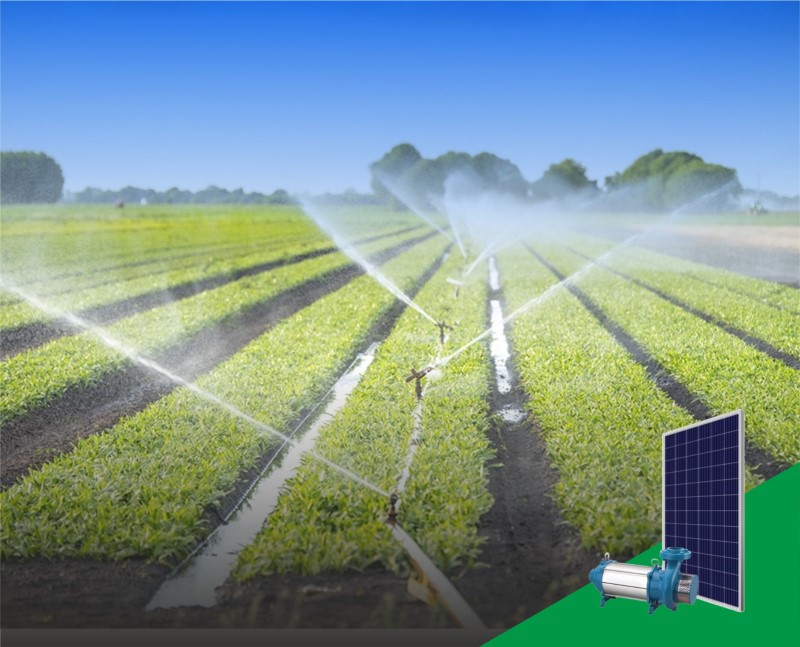
1 HP to 50 HP.
Pumping water for crop irrigation in agriculture, providing a sustainable and energy-efficient solution.
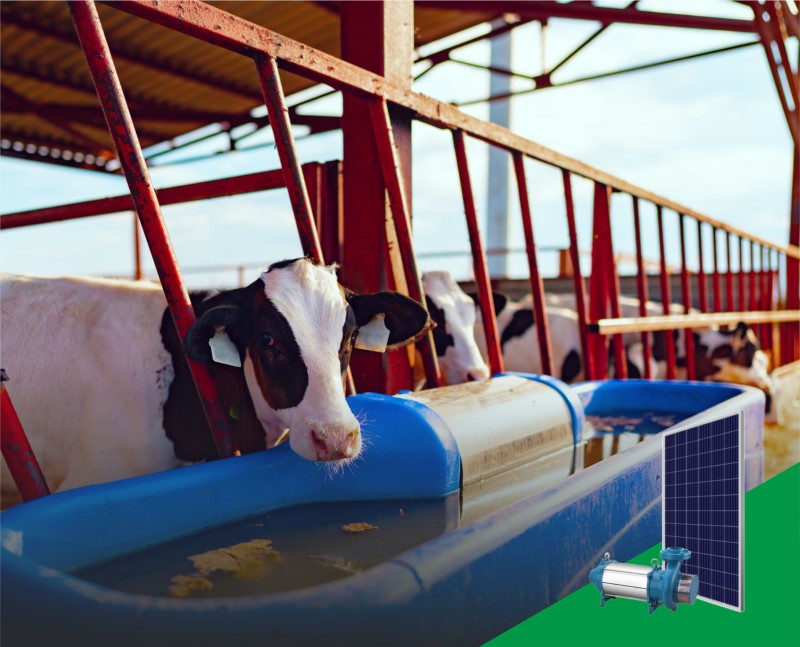
0.5 HP to 10 HP.
Supplying water to livestock in remote areas, reducing the reliance on grid-based water sources.
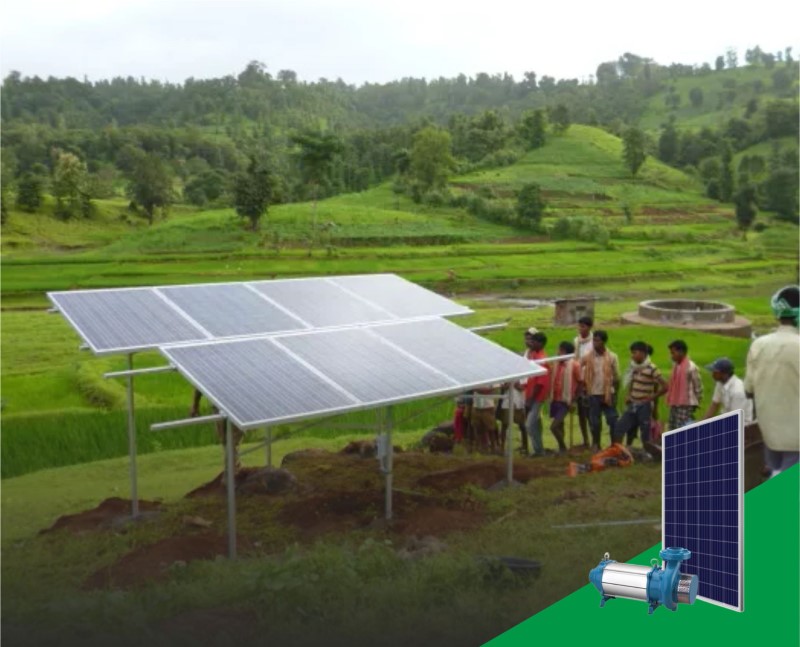
1 HP to 20 HP.
Providing access to clean water in off-grid or remote villages where traditional power sources are limited.
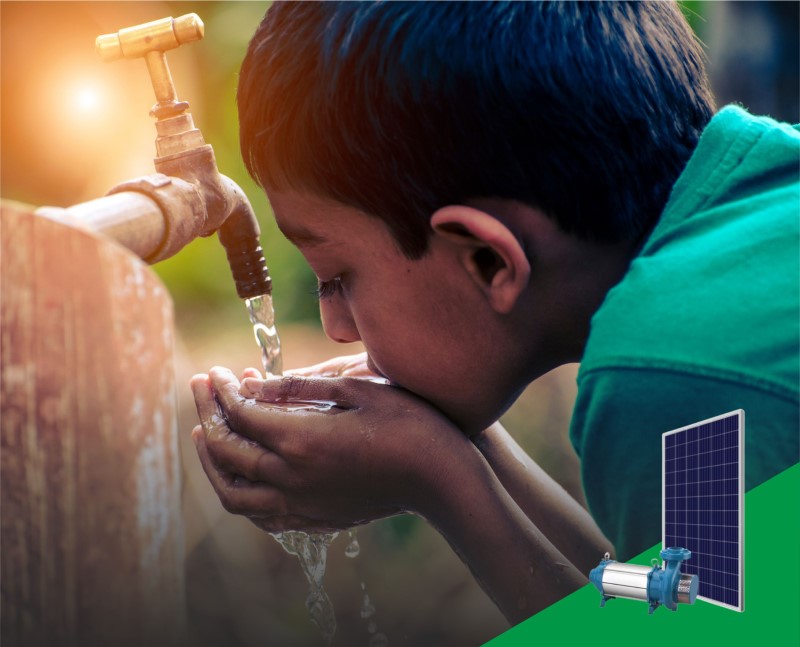
1 HP to 10 HP.
Solar water pumps are used to extract and supply drinking water from boreholes or wells in rural or isolated regions.
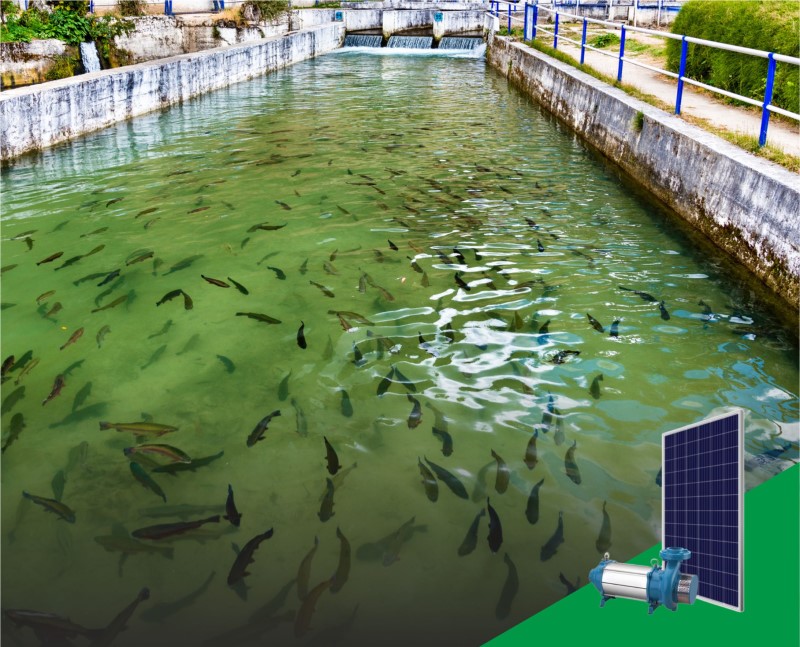
1 HP to 30 HP.
Maintaining water circulation and oxygenation in fish farming ponds using solar-powered pumps.
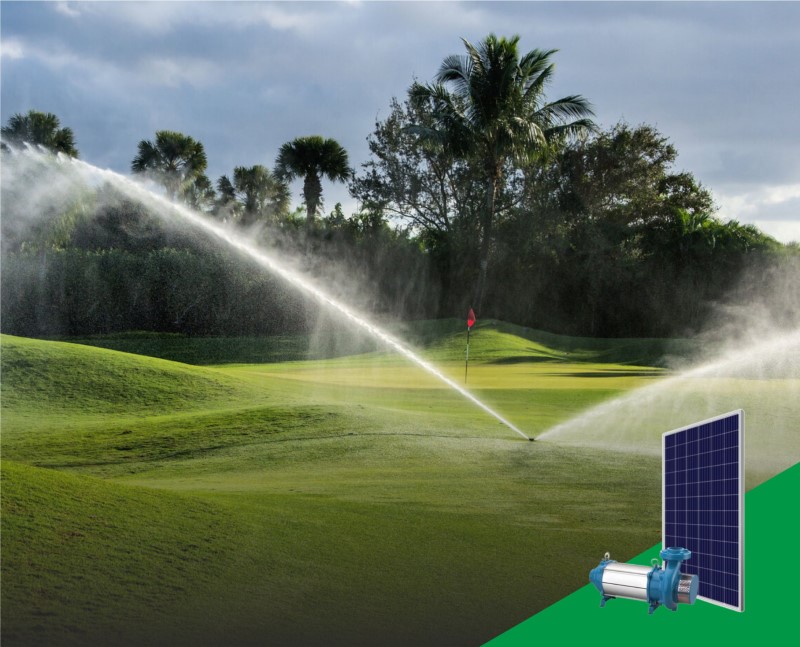
5 HP to 50 HP.
Efficiently irrigating golf courses with solar water pumping systems, reducing operational costs.
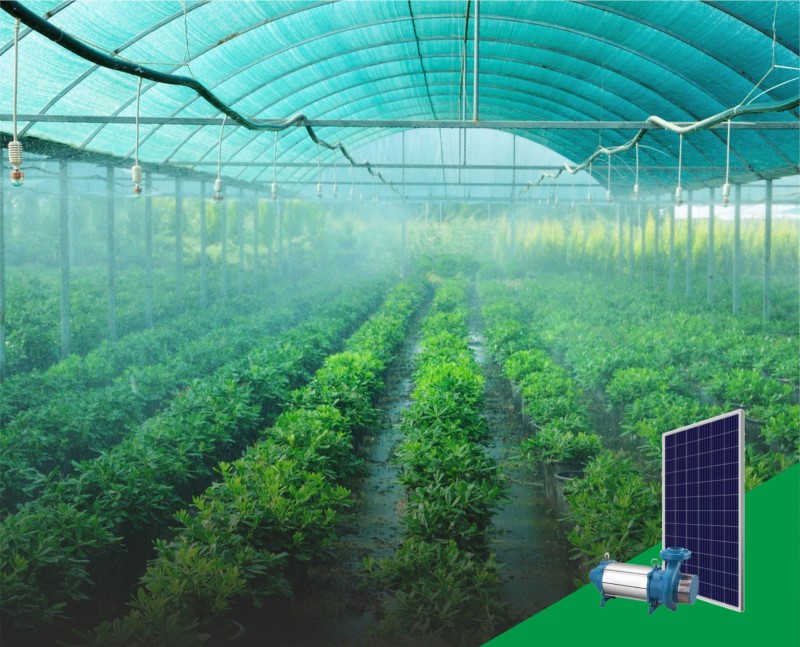
1 HP to 30 HP.
Providing controlled irrigation for horticultural crops and greenhouse cultivation using solar-powered pumps.
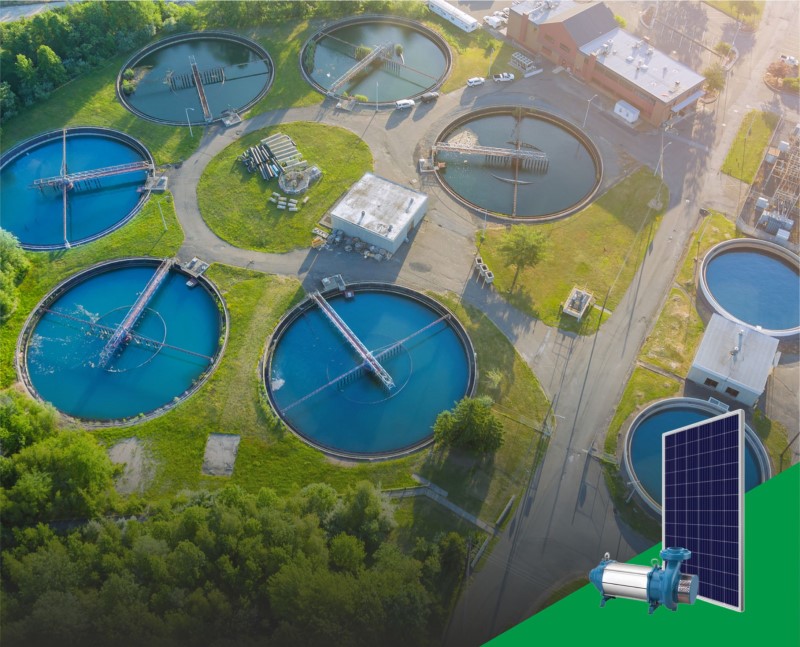
2 HP to 20 HP.
Solar pumps can be used in wastewater treatment processes, assisting in water circulation and treatment.
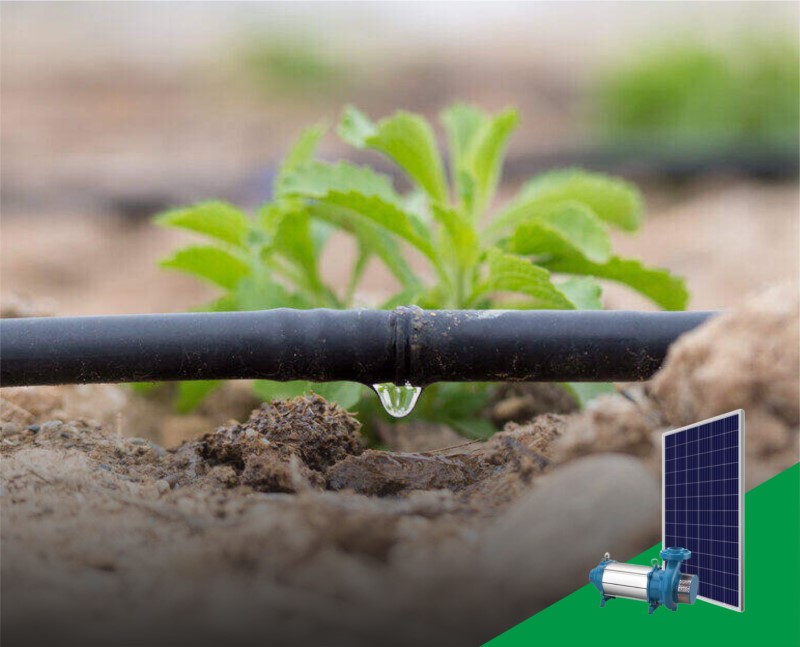
1 HP to 15 HP.
Efficiently delivering water through drip irrigation systems for crops using solar water pumping.
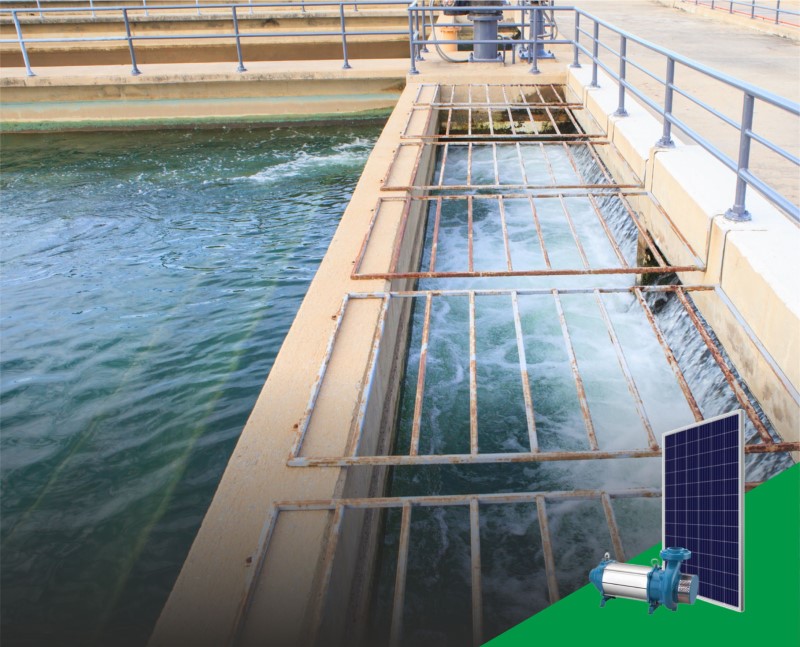
0.5 HP to 5 HP.
Ensuring reliable water supply for remote monitoring stations and environmental research projects.
Solar water pumping systems use energy from solar panels to power water pumps directly or store energy in batteries for continuous operation. Capacities are chosen based on the water requirements of the specific application and the solar resources available in the location. These systems offer a sustainable and cost-effective alternative to traditional water pumping methods.
SUBSCRIBE NEWSLETTER
2024 Elektro Power Systems. All rights reserved.